Do you have a question about the Toshiba VF-PS1 and is the answer not in the manual?
Details the meaning of safety symbols and markings used in the manual.
Explains the significance of various warning and prohibition symbols.
Provides critical safety guidelines for using the inverter in specific applications.
Verifies that the received product matches the ordered specifications.
Explains how to interpret the product code details from the label.
Details the names and functions of the inverter's external parts and internal structure.
Provides important considerations for using the inverter with motors and other equipment.
Highlights critical safety warnings related to disassembly and prohibited actions.
Lists essential safety rules to prevent electric shock and fire during wiring.
Warns against touching live terminals, wet switches, and improper cleaning practices.
Explains the different modes for setting parameters and monitoring inverter status.
Describes accessing frequently used parameters for quick setup.
Explains accessing all basic and extended parameters for detailed configuration.
Automatically searches for and displays the 5 latest modified parameters for easy access.
Covers automatic and manual settings for acceleration and deceleration times.
Details parameters related to input signal selection and output terminal functions.
Explains how to assign functions to input and output terminals for flexible control.
Outlines how the inverter can be controlled externally via various methods.
Details how to use terminal board connections for input and output signals to control the inverter.
Describes the layout and elements of the status monitor screen for viewing inverter status.
Explains how to monitor various inverter operating statuses under normal conditions.
Explains how to achieve compliance with European EMC and low-voltage directives.
Details concrete measures and filter recommendations for EMC compliance.
Warns about electrical hazards when using the inverter outside a cabinet and the importance of grounding.
Provides guidance on selecting appropriate wires, terminals, and devices for inverter connections.
Lists basic parameters, their functions, adjustment ranges, and default settings.
Provides detailed specifications including output capacity, current, voltage, and protective methods for different models.
Lists common trip codes, their possible causes, and recommended remedies.
Explains the procedures for resetting the inverter after a trip or fault.
Emphasizes the critical need for regular inspection to prevent accidents and ensure safety.
Lists specific items to check during regular inspections for potential failures or malfunctions.
Advises against self-disposal and recommends using authorized industrial waste agents.
Details the meaning of safety symbols and markings used in the manual.
Explains the significance of various warning and prohibition symbols.
Provides critical safety guidelines for using the inverter in specific applications.
Verifies that the received product matches the ordered specifications.
Explains how to interpret the product code details from the label.
Details the names and functions of the inverter's external parts and internal structure.
Provides important considerations for using the inverter with motors and other equipment.
Highlights critical safety warnings related to disassembly and prohibited actions.
Lists essential safety rules to prevent electric shock and fire during wiring.
Warns against touching live terminals, wet switches, and improper cleaning practices.
Explains the different modes for setting parameters and monitoring inverter status.
Describes accessing frequently used parameters for quick setup.
Explains accessing all basic and extended parameters for detailed configuration.
Automatically searches for and displays the 5 latest modified parameters for easy access.
Covers automatic and manual settings for acceleration and deceleration times.
Details parameters related to input signal selection and output terminal functions.
Explains how to assign functions to input and output terminals for flexible control.
Outlines how the inverter can be controlled externally via various methods.
Details how to use terminal board connections for input and output signals to control the inverter.
Describes the layout and elements of the status monitor screen for viewing inverter status.
Explains how to monitor various inverter operating statuses under normal conditions.
Explains how to achieve compliance with European EMC and low-voltage directives.
Details concrete measures and filter recommendations for EMC compliance.
Warns about electrical hazards when using the inverter outside a cabinet and the importance of grounding.
Provides guidance on selecting appropriate wires, terminals, and devices for inverter connections.
Lists basic parameters, their functions, adjustment ranges, and default settings.
Provides detailed specifications including output capacity, current, voltage, and protective methods for different models.
Lists common trip codes, their possible causes, and recommended remedies.
Explains the procedures for resetting the inverter after a trip or fault.
Emphasizes the critical need for regular inspection to prevent accidents and ensure safety.
Lists specific items to check during regular inspections for potential failures or malfunctions.
Advises against self-disposal and recommends using authorized industrial waste agents.
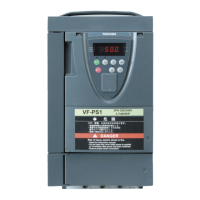



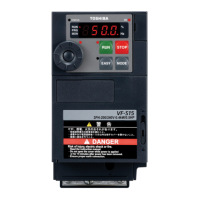
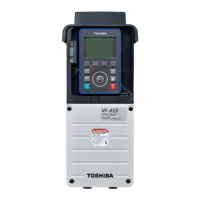
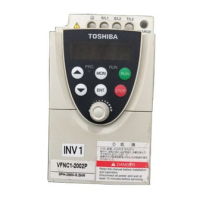
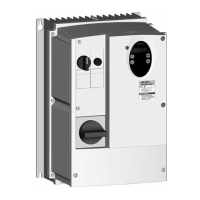
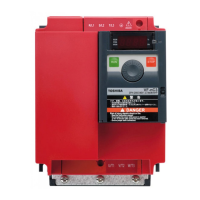
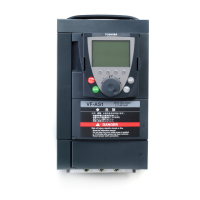
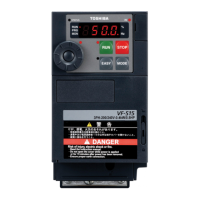

